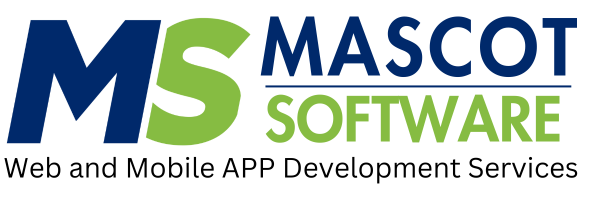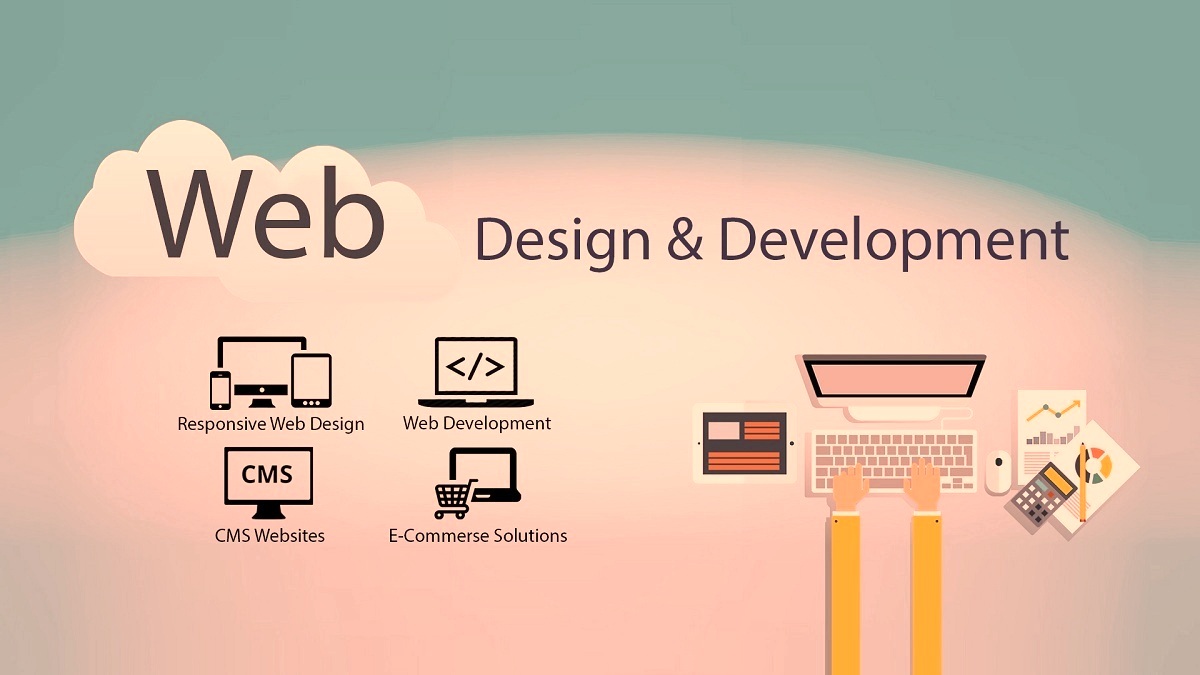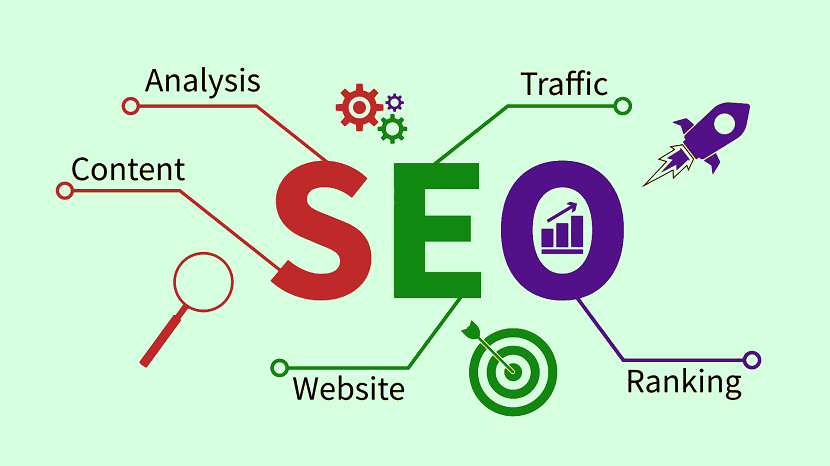
E-commerce Unlocked: Your Essential Guide to Selling Online
In a world increasingly driven by digital convenience, e-commerce has transformed the way businesses operate and consumers shop. From multinational corporations to local artisans, selling online is no longer an option but a fundamental necessity for growth and survival in the modern marketplace. But what exactly is e-commerce, and how can you effectively harness its power to build a thriving online business? This essential guide will unlock the secrets of e-commerce, providing you with the knowledge to navigate its complexities and achieve online success.
What is E-commerce? A Digital Revolution
E-commerce, short for electronic commerce, refers to the buying and selling of goods or services using the internet, and the transfer of money and data to execute these transactions. It encompasses a wide range of activities, from online retail (B2C - business-to-consumer) to business-to-business (B2B) transactions, consumer-to-consumer (C2C) sales, and even mobile commerce (m-commerce). Essentially, if money changes hands digitally for a product or service, it's e-commerce.
The rise of e-commerce has dramatically reshaped consumer behavior, offering unparalleled convenience, wider selection, and competitive pricing. For businesses, it provides access to a global customer base, reduced overhead costs compared to traditional brick-and-mortar stores, and powerful data insights into consumer preferences.
Why Embrace E-commerce for Your Business?
The benefits of integrating e-commerce into your business strategy are compelling:
- Global Reach, 24/7 Availability: Break free from geographical limitations and time constraints. Your online store is open around the clock, accessible to customers worldwide, significantly expanding your potential market.
- Reduced Overhead Costs: Compared to maintaining a physical storefront, e-commerce can drastically cut down on expenses like rent, utilities, and extensive sales staff.
- Enhanced Customer Experience: Offer personalized shopping experiences, detailed product information, customer reviews, and convenient checkout processes.
- Scalability: Easily expand your product offerings, manage increasing order volumes, and adapt to market demands without needing to physically expand your premises.
- Data-Driven Insights: E-commerce platforms provide valuable analytics on customer behavior, sales trends, and product performance, enabling informed business decisions and targeted marketing.
- Personalization & Targeted Marketing: Leverage customer data to offer personalized recommendations, promotions, and tailored marketing campaigns, boosting conversion rates.
- Increased Brand Visibility & Credibility: A professional online presence builds brand authority and reaches a broader audience through digital marketing channels.
Key Components of a Successful E-commerce Business
Building a successful online store isn't just about listing products; it's about integrating several critical components:
-
E-commerce Platform: This is the foundation of your online store. Popular options include:
- Hosted Solutions (SaaS): Shopify, BigCommerce, Wix, Squarespace (easier setup, monthly fees, less control).
- Open-Source Solutions: WooCommerce (for WordPress), PrestaShop, Magento (more control, requires technical knowledge, often self-hosted).
- Marketplaces: Amazon, eBay, Etsy (built-in audience, but more competition and platform fees).
-
Product Sourcing & Management: Whether you're manufacturing, dropshipping, or reselling, efficient inventory management, high-quality product photography, and compelling descriptions are crucial.
-
Payment Gateways: Securely process online payments. Integrate with trusted providers like PayPal, Stripe, Razorpay, or local banking solutions.
-
Shipping & Fulfillment: Determine your shipping strategy (in-house, third-party logistics - 3PL, dropshipping), set up shipping rates, and manage order fulfillment efficiently.
-
Marketing & Sales: Drive traffic to your store through:
- Search Engine Optimization (SEO): Optimize your product pages and content to rank higher in search results.
- Social Media Marketing: Engage with customers and promote products on platforms like Instagram, Facebook, TikTok.
- Paid Advertising (PPC): Google Ads, social media ads to reach targeted audiences quickly.
- Email Marketing: Build customer loyalty and drive repeat sales through newsletters and promotional emails.
- Content Marketing: Create valuable blog posts, videos, or guides to attract and inform potential customers.
-
Customer Service: Provide excellent support through live chat, email, or phone to build trust and resolve issues promptly.
Steps to Launching Your E-commerce Business
Ready to dive in? Here's a simplified roadmap:
- Niche & Product Research: Identify a viable product or service niche with market demand and good profit margins.
- Business Planning: Define your target audience, business model, budget, and marketing strategy.
- Choose Your E-commerce Platform: Select the platform that best fits your technical ability, budget, and scalability needs.
- Set Up Your Online Store: Design your website, upload products, configure payment and shipping options.
- Legal & Financial Setup: Register your business, obtain necessary licenses, and set up your banking.
- Develop Your Marketing Strategy: Plan how you'll attract traffic and convert visitors into customers.
- Launch & Optimize: Go live, monitor your performance, gather customer feedback, and continuously optimize your store for better results.
E-commerce Trends to Watch in 2025
The e-commerce landscape is constantly evolving. Keep an eye on:
- AI and Personalization: AI-driven recommendations, chatbots, and hyper-personalized shopping experiences.
- Voice Commerce: Optimizing for voice search and smart speaker shopping.
- Social Commerce: In-app purchasing directly on social media platforms.
- Sustainability and Ethical Sourcing: Growing consumer demand for environmentally friendly and ethically produced goods.
- Augmented Reality (AR) Shopping: Allowing customers to "try on" products virtually before buying.
- Subscription Models: Recurring revenue from curated product boxes or essential refills.
Conclusion:
E-commerce is more than just a trend; it's the present and future of retail. By understanding its fundamental principles, choosing the right tools, and committing to continuous optimization, businesses of all sizes can unlock immense opportunities in the digital marketplace. The journey into e-commerce requires strategic planning, dedication, and a willingness to adapt to technological advancements and changing consumer behaviors. Embrace the digital revolution, provide exceptional value to your customers, and watch your online business flourish. The power to sell online is now truly in your hands.




.jpg)

